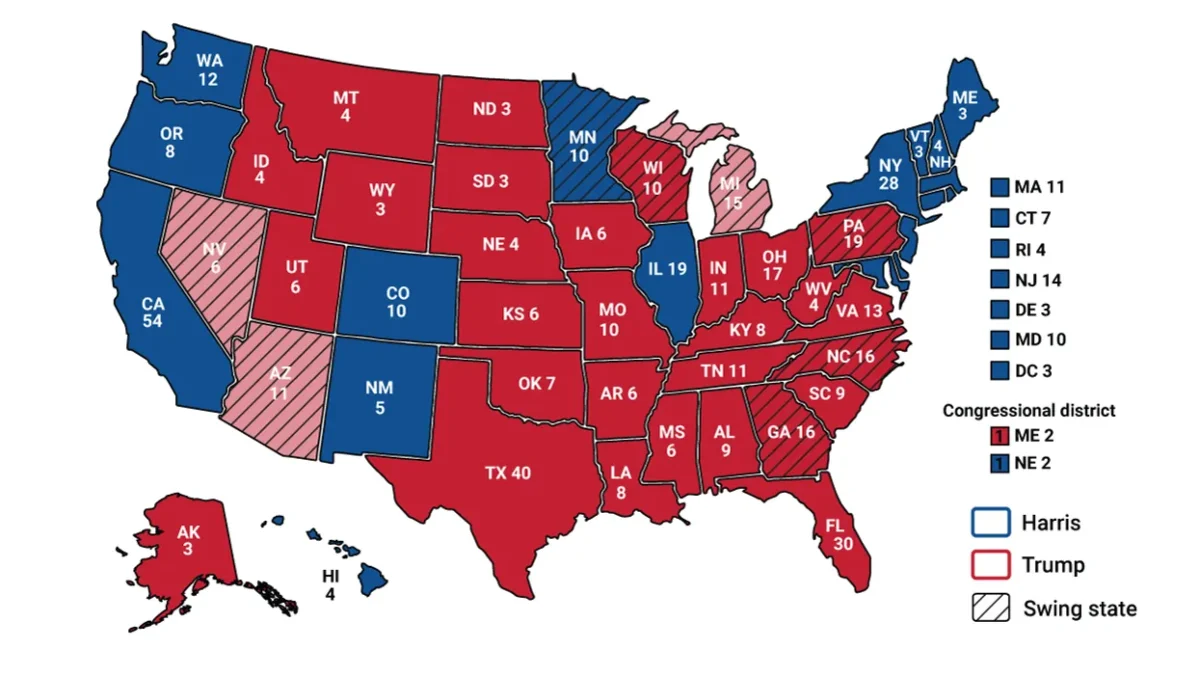Despite the relatively minor impact of Hurricane Gustav on New Orleans in late August, many question whether protecting the city is worth the time and money. After the devastation Hurricane Katrina reaped upon Louisiana in 2005, can America afford to keep directing funds to fuel constant relief efforts in an age of horrible annual hurricanes?
Although New Orleans dodged Gustav at its strongest, it might not survive another hurricane with strength similar to that of Katrina. Billions have already been used toward relief efforts, leaving the nation no choice but to continue the recovery. However, instead of pursuing its current prevention plan, which had initially repaired broken levees in 2007, the nation should start spending more intelligently.
In order for protection to be effective, officials must focus on the two main kinds of damage hurricanes cause: property destruction and death. Unfortunately, since New Orleans is naturally subsiding, the center retains the most flooding since it is deepest while the shores remain the highest.
Officials have unwisely planned the reconstruction of destroyed buildings and homes at the site at which they had originally been demolished, therefore serving no purpose in the case that another hurricane at a high caliber hits the city again. Since 2005, many have resided in trailers next to what used to be their homes because the reconstruction rate of buildings is poor.
Louisiana should build efficiently by installing apartment complexes towards the floodwalls and investing in stronger building material with the mindset of quality over quantity. Funds have already been redirected from offshore drilling towards levee and floodwall installation, supporting the Army Corps of Engineers and their experimentation with new levee technology including the use of clay and grass roots to stop coastal erosion.
Despite what many believe, flooding New Orleans isn’t an ideal solution to the matter. Abandoning the city would not only be detrimental as a loss of a cultural landmark, but also to the nation’s economy. Refineries, located all along the Gulf Coast, process a large percentage of the nation’s oil and gas.
Prior to Gustav’s arrival, many citizens of New Orleans responded to storm forecasts and evacuated. Transportation, however, wasn’t accessible to everyone. Not only should building commence in areas where easy evacuation is available, but also the construction of homes should resume in areas where the city can handle the most damage. Finances applied to the recovery of New Orleans should be directed toward reliable material that can decrease the number of destroyed homes.
Although New Orleans may never be safe from hurricanes, the best the city can do is initiate smart spending.
As much as New Orleans’s citizens might think they can dodge another bullet as they did with Gustav, they must remain fearful and cautious. It’s only a matter of time before another Katrina hits. All the nation can do now is work harder and hope that by the next disaster, New Orleans can weather the storm. ◆

























